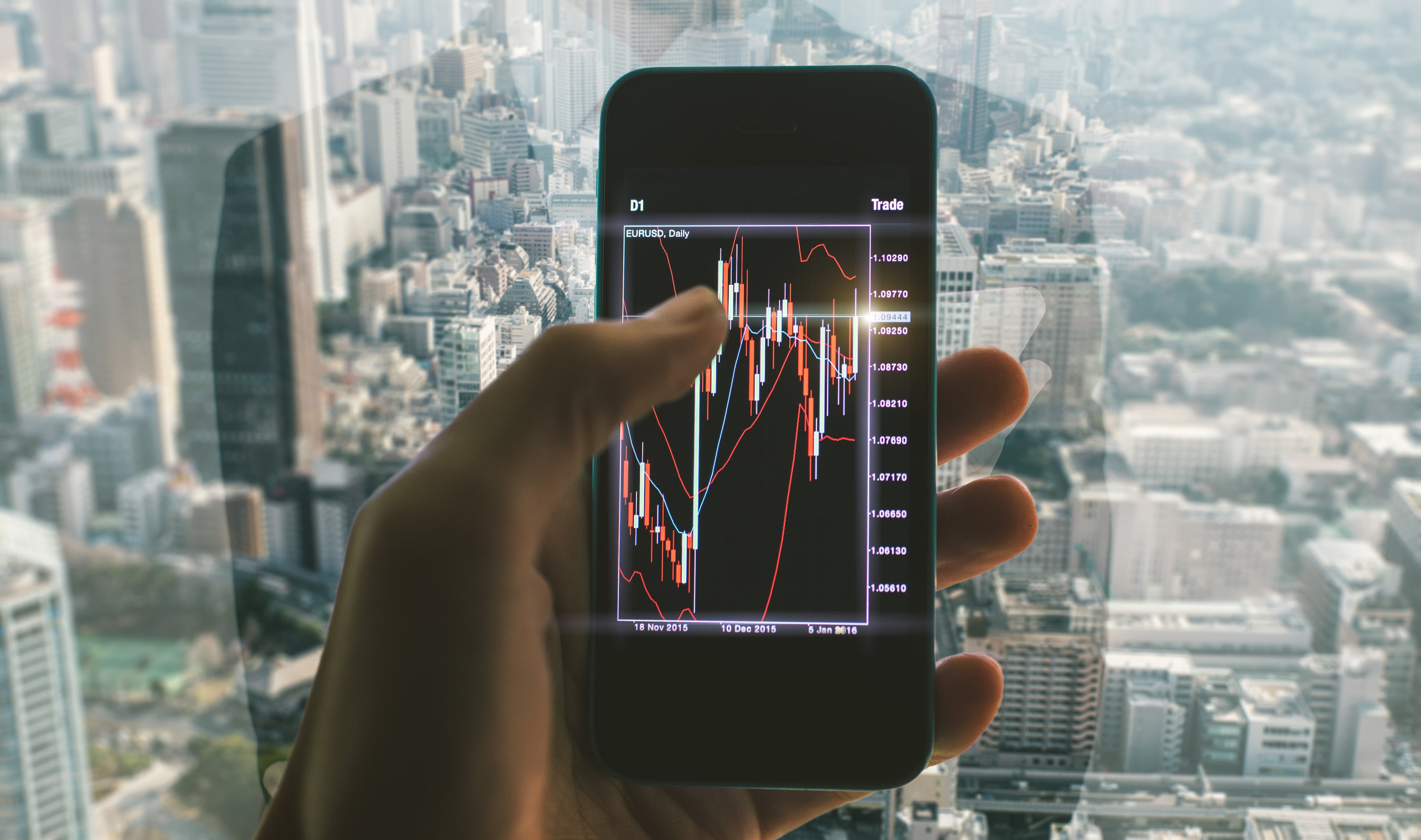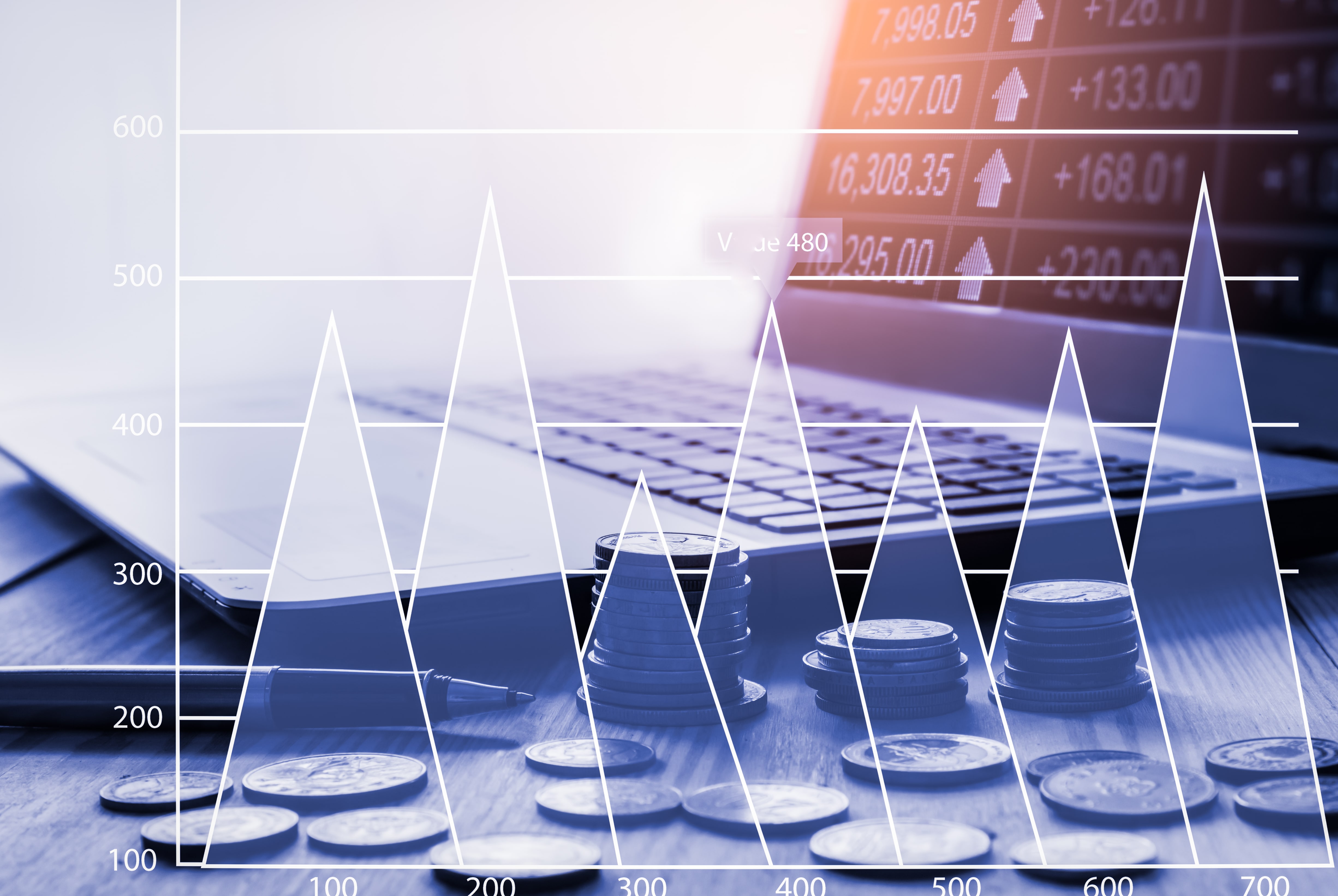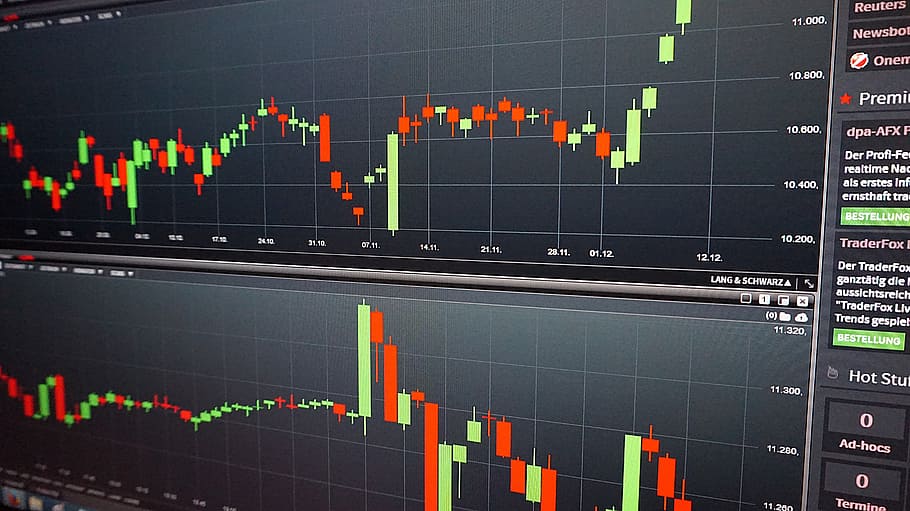What Is the Difference Between Intrinsic Value and Current Market Value?
What Is the Difference Between Intrinsic Value and Current Market Value? When you're trading currencies, it's important to understand the difference between intrinsic value and current market value. Intrinsic value is what a currency is worth regarding its underlying economic factors. The current market value is what people are willing to pay for it on the open market. When making investment decisions, it's important to be aware of these values to make informed choices about your trades. In this blog post, we'll look at the intrinsic value of some popular currencies and explore how it affects their current market values. Stay tuned!
What Is the Difference Between Intrinsic Value and Current Market Value?
Intrinsic and current market value are two terms that you'll hear a lot when it comes to trading currencies. The distinction between these terms is critical in the context of currency trading. Intrinsic value is the worth of a currency based on its underlying economic conditions. The present market value is what people are ready to pay for it.
What Is Intrinsic Value?
The intrinsic value of a currency is determined by its underlying economic factors. This includes the strength of the economy, inflation levels, interest rates, and political stability. When these factors are strong, the currency will be worth more than when they are weak. Intrinsic value is also sometimes referred to as "fundamental value."
To get an idea of how intrinsic value affects currency prices, let's look at an example. The United States Dollar (USD) is considered a strong currency. It has a large, stable economy and low inflation levels. These factors give the USD a high intrinsic value. As a result, people are willing to pay more for it on the open market. In other words, the USD has a high current market value.
What Is the Current Market Value?
The current market value of a currency is what people are willing to pay for it on the open market. This price is determined by supply and demand. When there are more buyers than sellers, the price goes up. When there are more sellers than buyers, the price goes down. Current market value is also affected by things like news events and speculation. For example, if a country's central bank announces that it's going to print more money, this will likely cause the currency's value to go down. On the other hand, if a country's economy is doing better than expected, this could cause the currency's value to go up.
How Are Intrinsic Value and Current Market Value Related?
Intrinsic value is one of the factors that affect current market value. People are willing to pay more on the open market when a currency has a high intrinsic value. However, other factors can also affect the current market value. For example, as we mentioned earlier, news events and speculation can cause prices to go up or down.
It's important to keep in mind that intrinsic value is not always equal to current market value. Sometimes, a currency's current market value can be higher or lower than its intrinsic value. This is because other factors can affect price aside from underlying economic conditions.
What if the current price is more than the intrinsic value?
The intrinsic value is the actual value of a company or an asset, while the market value is what the investor is willing to pay. Intrinsic value takes into account all of the factors that can affect the future cash flow of an investment, while market value only looks at what investors are currently willing to pay. Intrinsic value is important to investors because it provides a more accurate estimate of an investment's worth. When an investment's market value is lower than its intrinsic value, it may be undervalued and provide a good opportunity for investors. However, if an investment's market value is higher than its intrinsic value, it may be overvalued and should be avoided. Intrinsic value is difficult to estimate, so many investors rely on market value as a simpler way to identify undervalued and overvalued investments.
Analysts often use a discounted cash flow (DCF) analysis to find intrinsic value. This type of analysis estimates the future cash flows of investment and discounts them back to present value. The discount rate used in a DCF analysis is usually the weighted average cost of capital (WACC). The WACC considers that different types of investments have different risks and therefore require different rates of return. Intrinsic value can also be estimated using other methods, such as relative valuation or sum-of-the-parts analysis.
Investors should be aware that there is no guarantee that an investment will ever reach its intrinsic value. Intrinsic value is only an estimate, and it is impossible to know with certainty what the future cash flows of an investment will be. However, by using a DCF analysis or other valuation methods, investors can better understand whether an investment is undervalued or overvalued.
When valuing a company, it is important to consider both market and intrinsic value. The market value is what investors are currently willing to pay for the stock, while the intrinsic value is based on the actual underlying value of the company. Intrinsic value takes into account all factors that can affect the future cash flow of a company, while market value only looks at what investors are currently willing to pay.
Final Thoughts
Intrinsic and current market value are important concepts to understand when trading currencies. A currency's underlying economic conditions determine intrinsic value. The current market value is what people are willing to pay for the currency on the open market. These two values are related, but they're not always the same. Keep this in mind when making investment decisions. Thanks for reading!













